
This is where it all started.
Central Japan will always have a special place in my heart because this is the first region I visited years ago. This is where I experienced my first snowfall (and snowstorm). This is where my love for Japan took root. And you know what they say, you will never forget your first love.
I couldn’t have picked a better place to visit first. There is so much to see and do here. Central Japan, also called Chubu region, is composed of nine prefectures: Aichi, Gifu, Shizuoka, Yamanashi, Nagano, Niigata, Fukui, Ishikawa, and Toyama. The last four are considered part of the Hokuruki subregion.
Crumpled with mountains, Central Japan boasts the towering Japanese Alps and Mount Fuji. It also has a long history, preserved and showcased in its numerous heritage spots including old merchant street of Takayama, the old town of Hida Furukawa, the chaya districts of Kanazawa, and the UNESCO World Heritage sites Shirakawa-go and Gokayama.
Yet, the region is still widely regarded as an off-the-beaten-path destination. Sandwiched by much more popular Kansai and Kanto regions, Central Japan is often overlooked. But if you are looking for interesting, refreshing tourist attractions, here are some of places to add to your Japan itinerary!
WHAT'S COVERED IN THIS GUIDE?
Shirakawa-go
Shirakawa-go in Ono District in Gifu Prefecture is declared a UNESCO World Heritage Site in 1995 for the centuries-old gassho-zukuri farmhouses. Ogimachi is Shirakawa-go’s largest village and poster image. This picturesque village has this perpetual charm that draws local and foreign tourists alike.
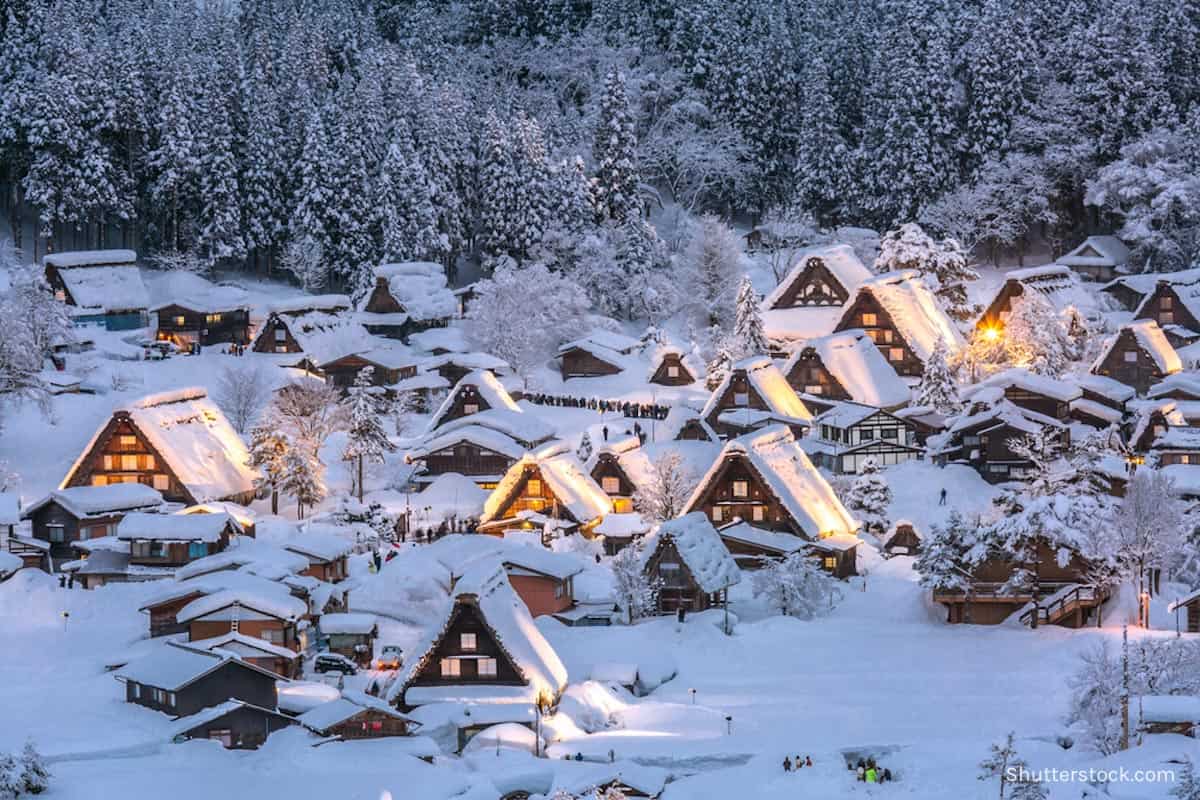
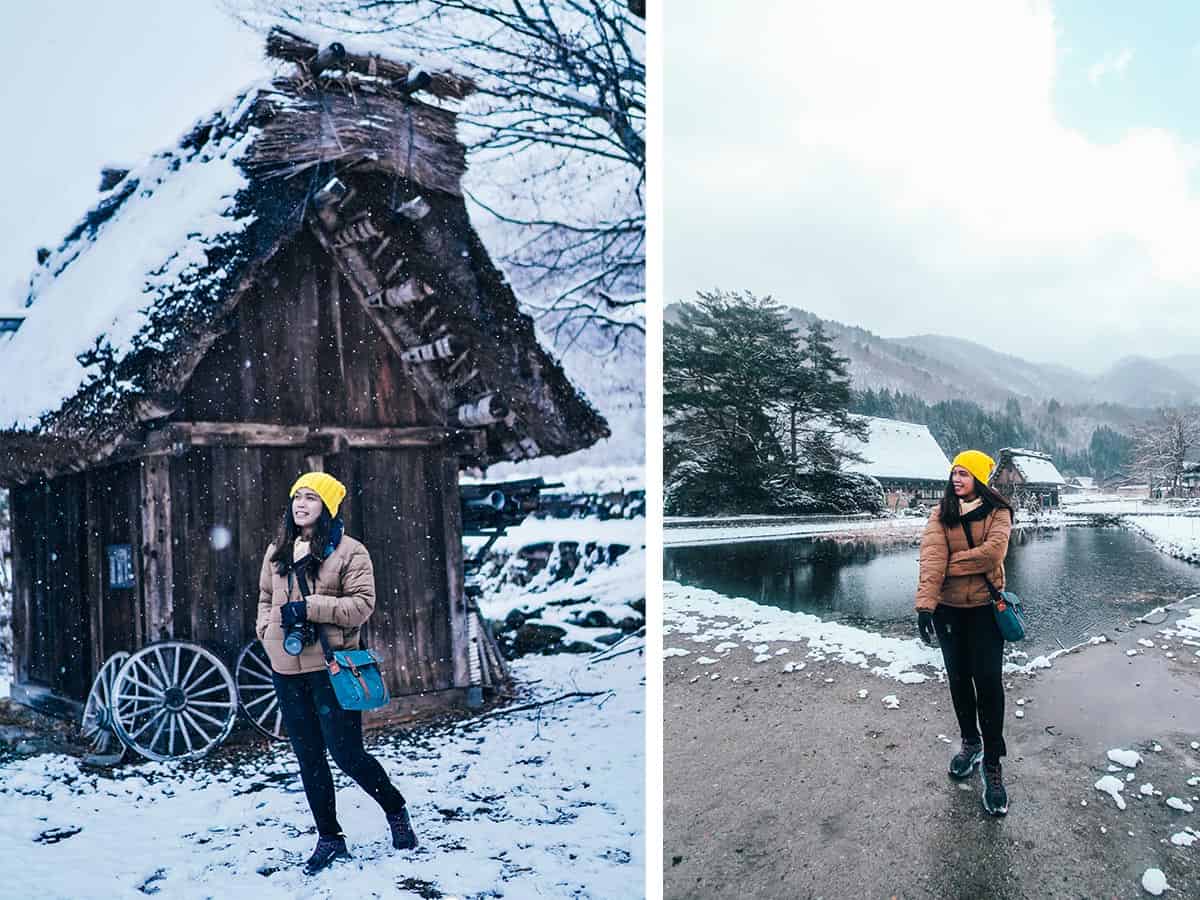
There are still over a hundred farmhouses — some are turned into museums, while others are still inhabited. One of the most prominent gassho-zukuri houses is the Wada House, an Important National Cultural Property. The admission fee is ¥300.
Our team had been here four times — twice in winter, once in spring, and once in autumn. Each season offers a different vibe but equally spectacular scenery, especially when viewed from the observatory. You can reach the observatory on foot (about 20 minutes) or by shuttle bus service (10 minutes) for ¥200 per person. The bus stop is near the Wada House, and the bus departs every 20 minutes.
Also near the shuttle bus stop is Irori Restaurant, where you can try the traditional Japanese meal with the famous Hida beef on Hoba leaf and freshwater rainbow trout.
Nearest Station: JR Takamaya Station
How to Get There: Go to Takayama Nohi Bus Center and purchase your bus ticket. The fare is ¥2,600 and the travel time is 50 minutes. The first bus departure is at 7:50 AM and the last is at 7:00 PM. Please be there 20-30 minutes before the departure time.
✅ MORE INFO: SHIRAKAWA-GO TRAVEL GUIDE
Takayama
Located in the mountainous region of Gifu Prefecture, the city is aptly named Takayama, which literally means “tall mountain”. To differentiate it from other places in Japan with the same name, this one in Gifu is also called Hida-Takayama, referring to the old Hida Province. Since it is located near the Northern Japanese Alps, Takayama is home to one of Japan’s 100 famous mountains — Mount Hotakadake.
Its relatively remote location gave rise to its peculiar culture, which developed through centuries of isolation. The Takayama Festival is one of Japan’s three most beautiful festivals. It happens twice a year in April (spring) and October (autumn) and features beautiful floats.
You will learn more about their heritage from several museums and historical sites in the city like the Takayama Jinya, Matsuri no Mori, Yatai Kaikan, Hida Folk Village, Higashiyama Temple Area, and Sanmachi (old town). The old town takes you back to the Edo period with its well-preserved wooden merchant houses.
At present, the old streets are lined with souvenir shops and sake breweries. Speaking of sake breweries, Takayama has seven! Because of its cold climate, clean water, and good-quality rice, the city produces some of Japan’s best sake. One of the oldest breweries is Funasaka Sake Brewery with 200 years of experience for sake brewing.
Takayama is also the choice base for tourists going to Shirakawa-go. If you like to experience onsen (hot spring bath) and still have extra cash to burn, you might want to check Hotel Associa Takayama Resort. They offer not only public onsen but also private ones. This is one of the options if you are not comfortable being naked with strangers but still want to experience an onsen bath.
Nearest Station: JR Takayama Station
How to Get There: From JR Nagoya Station, get on a Limited Express Wide View Hida train to JR Takayama Station. The fare is ¥3,410 plus seat fee. The travel time is approximately 2.5 hours.
✅ MORE INFO: TAKAYAMA TRAVEL GUIDE
Hida Furukawa
Hida Furukawa is located north of Takayama, which can be reached in about 15 minutes by train. This small town in Hida, Gifu is reminiscent of the 15th-century old castle town with its canal-lined streets that feature traditional wooden storehouses.
The most prominent canal is the carp-filled Setogawa Canal that separates the white-walled storehouses and the dark-walled traditional wooden houses. During winter season though, the carp are transferred to a warm pond and will swim in the canal again in spring. The number of carp swimming in the canal is said to have reached over a thousand!
Other landmarks are the festival square where the Furukawa Festival is held in April, the Hida Furukawa Festival Exhibition Hall, the Hida Crafts Museum, the giant 700-year-old ginkgo tree, the red Imamiya Bridge, Mishima Candle Shop (over 200 years old), and the three temples (Enkouji, Honkouji, and Shinshuji). Aside from the Furukawa Festival, other events are the Fox Wedding Festival in September and the Visit to Three Temples in January.
The newest attractions that draw tourists to Furukawa are the locations featured in the Japanese animation film, Kimi no Nawa (Your Name): JR Hida-Furukawa Station, Hida City Library, and Ajidokoro Furukawa among others.
Nearest Station: JR Hida-Furukawa Station
How to Get There: From JR Takayama Station, take the train to JR Hida-Furukawa Station. The fare is ¥240 and the travel time is 15 minutes.
Fukui
Fukui City is the capital of Fukui Prefecture. It is bordered on the west by the Sea of Japan and on the east by the Ryohaku Mountains. From the city center, you can easily access tourist attractions.
For those who want to experience traditional Japanese hot spring baths, Awara city has the onsen village offering different types of hot spring bath experience — outdoor, indoor, public and private. You can also avail of Awara’s public foot bath. Just a stone’s throw away from the foot bath is the local favorite food alley — Yukemuri Yokocho.
For the dinosaur enthusiast, get the Jurassic Park vibe at Fukui Prefectural Dinosaur Museum, one the best in the world. Being the largest in Japan with over 40 dinosaur skeletons on display, it has established itself as the center of dinosaur research in Japan. The museum is located in Katsuyama City, where the largest dinosaur excavation site can be found. The entire Katsuyama city is actually part of the Dinosaur Valley Fukui Katsuyama Geopark where 5 dinosaur species were excavated — Fukuiraptor, Fukuisaurus, Fukuititan, Koshisaurus, and Fukuivenator. The entrance fee is ¥730.
Sakai is home to the kilometer-long basalt cliffs facing the Sea of Japan called Tojinbo. Through time, the strong waves sculpted what has now become a tourist attraction in the area. You can appreciate the scenic view from the 55-meter high observation deck or on a sightseeing cruiser that takes you around the area.
Nearest Stations: JR Awara Onsen Station and JR Fukui Station
How to Get There: From JR Shin-Osaka Station, take the Limited Express Thunderbird to JR Fukui Station (¥3,410 + seat fee) or JR Awara Onsen Station (¥3,740 + seat fee). The travel time is 1.5-2 hours.
Kanazawa
Kanazawa is the capital of Ishikawa Prefecture. This is another site where you can experience being transported back to the Edo period while strolling around the historic sites like the Kanazawa Castle Park and the three tea house districts where geisha culture also thrives.
These three are Kazue-machi Chaya, Nishi (West) Chaya, and Higashi (East) Chaya. The biggest among the three is Higashi Chaya. The old streets are lined with souvenir shops and food places — Hakuza Hikarigura (gold leaf shop), Hakuichi (gold leaf soft ice cream), and of course, tea houses.
Other than the tea houses, there are Nagamachi Samurai District and Ninjadera. Kanazawa Castle Park boasts different masonry techniques through the castle’s surrounding stone walls. If you are a tea enthusiast, try the casual tea ceremony at Gyokusenan near the Gyokusen-inmaru Garden inside the castle park. You will be served matcha green tea and traditional Japanese sweets.
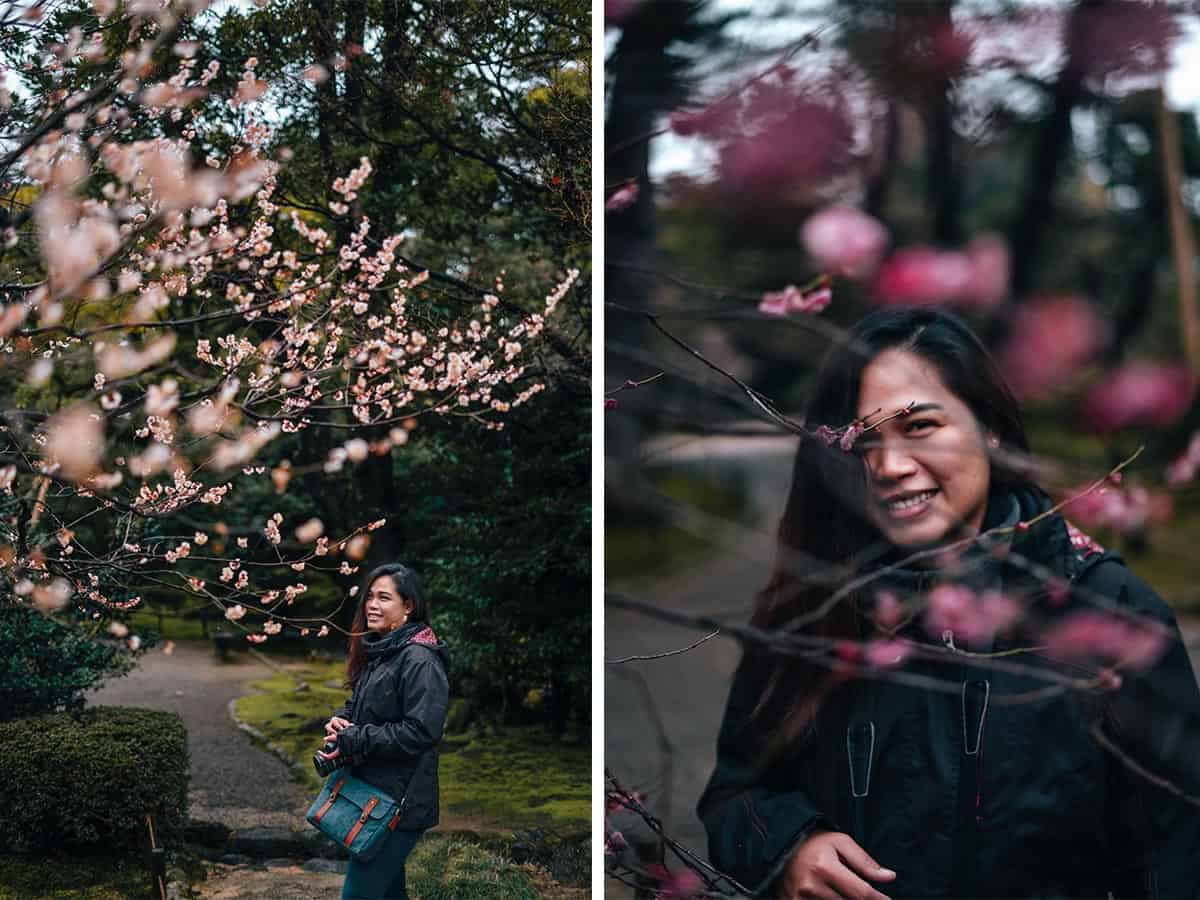
Have a relaxing stroll around the vast Kenrokuen Garden, one of Japan’s Three Great Gardens. It is located just across the Kanazawa Castle Park. Some of the famous landmarks inside the garden include the Kotojitoro lantern, the natural fountain, Yugaotei, and the Karasakinomatsu Pine trees to name a few.
Hungry? Check out the restaurants at Omicho Market, nicknamed “Kanazawa’s kitchen”. Over a hundred shops sell fresh produce and seafood here. Other attractions in Kanazawa are 21st Century Museum of Contemporary Art and D.T. Suzuki Museum.
Nearest Station: JR Kanazawa Station
How to Get There: From JR Shin-Osaka Station, take the Limited Express Thunderbird train to JR Kanazawa Station. The fare is ¥4,840 plus seat fee. The travel time is about 2.5 hours.
✅ MORE INFO: THINGS TO DO IN KANAZAWA
Takaoka
Takaoka is located in Toyama Prefecture. It’s an old castle town that boasts two of its thriving old merchant and craftsman districts — Yamachosuji and Kanayamachi.
The city is known for its metal casting industry that is said to produce most of Japan’s bronzeware and metal works. Kanayamachi is the home of many well-preserved traditional wooden houses and the heart of Takaoka’s metal casting industry. One of the most established casting places in Kanayamachi is the Risaburo Foundry, which specializes in twin-type casting that dates back to the Meiji Period. We were able to participate in its metal casting workshop which lets us choose and make our own sake cup, chopstick rest or paperweight.
Takaoka is also one of the jump-off points for another UNESCO World Heritage Site — Gokayama. The village features gassho-zukuri farmhouses, just like Shirakawa-go, but it’s more remote and less crowded.
Nearest Station: JR Shin-Takaoka Station
How to Get There: From JR Kanazawa Station, take the Shinkansen Hakutaka train to JR Shin-Takaoka Station. The fare is ¥680 plus seat fee. The travel time is about 15 minutes. If you are coming from Nagoya, you will most likely do a train transfer at JR Kanazawa Station to JR Shin-Takaoka Station.
Gokayama
Another UNESCO World Heritage Site in the Chubu region is Gokayama, an area in Nanto City in Toyama Prefecture. It also features the same gassho-zukuri farmhouses that you will see in Shirakawa-go, only less in number. If Shirakawa-go has Ogimachi, Gokayama has Suganuma and Ainokura. Compared to Shirakawa-go, Gokayama is quieter, more rustic, and has fewer crowds.
Nearest Station: JR Johana Station and JR Takayama Station
How to Get There: From Nagoya, you need to do two train transfers at JR Kanazawa Station and JR Shin-Takaoka Station to reach JR Johana Station. Then from there, take the bus to Ainokura. Kaetsuno Bus operates between Shin-Takaoka Station and Ainokura (and can go as far as Shirakawa-go). The total fare is around ¥8,000 and travel time is about 5 hours. Another option requires a side trip to Shirakawa-go. Take the Limited Express Wide View Hida to JR Takayama Station and then take the bus to Shirakawa-go. From Ogimachi, take the Kaetsuno Bus to Ainokura or Suganuma. The total fare is roughly ¥6,000 and travel time is around 4 hours.
Toyama
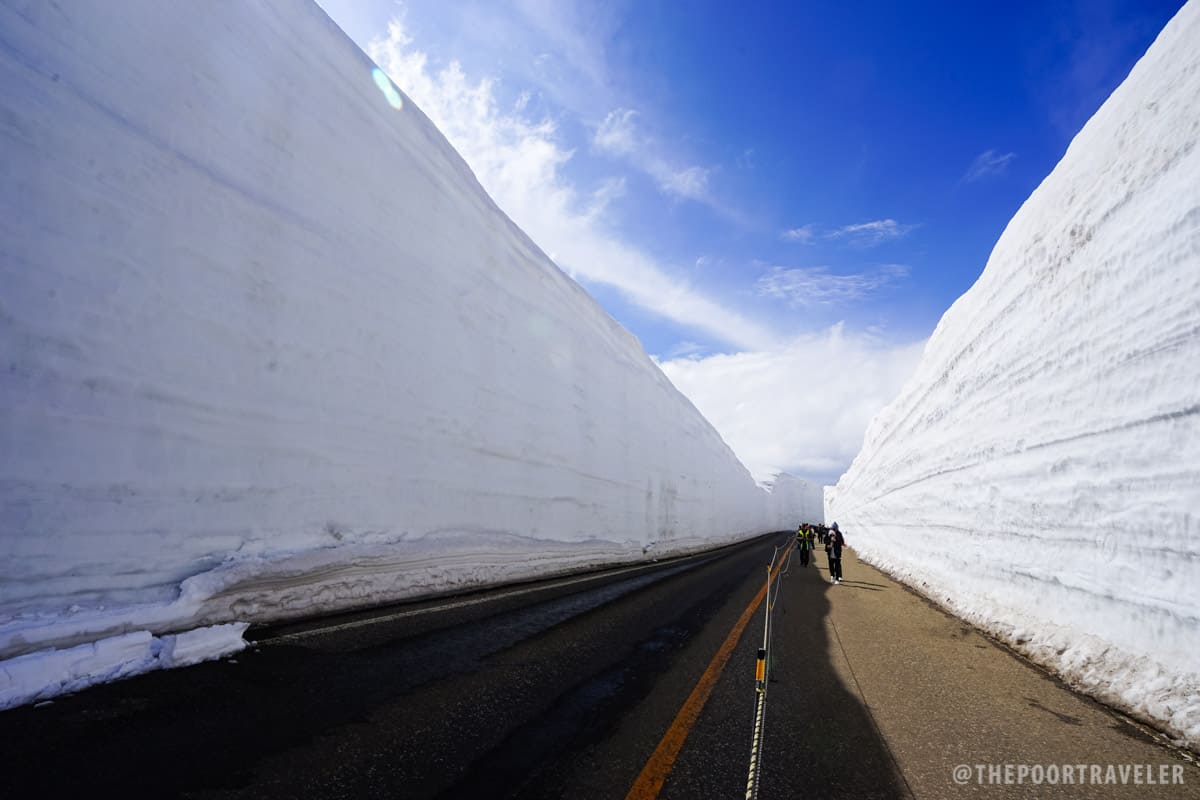
Toyama City is the capital of Toyama Prefecture, located on the western coast of the Chubu region on Japan’s Honshu island. It’s a coastal city that faces the Toyama Bay on the north. It used to be a castle town with Toyama Castle as its central figure. Aside from the castle, some of the attractions here include the Hills of 500 Buddhas, Toyama Street Museum, Toyama Folk Village, and Toyama Glass Museum among others.
Kansui Park is a vast waterside park that has a bridge that also serves as an observation deck where you can view the mountains and the surrounding areas. For hikers and nature-lovers, Toyama is the usual jump-off point for those who would like to tackle the Tateyama Kurobe Alpine Route.
Nearest Station: JR Toyama Station
How to Get There: From JR Kanazawa Station, take the Shinkansen Tsurugi train to JR Toyama Station. The fare is ¥990 plus seat fee. The travel time is about 20 minutes. If you are coming from Nagoya, you will most likely do a train transfer at JR Kanazawa Station to JR Shin-Takaoka Station.
Gero
Gero City in Gifu is situated between Takayama and Nagoya, making it a great stopover when traveling between these two points. Blessed with lush forests and mountains, the city provides a visual feast while you stroll around the area. With the Hide River and Maze River sustaining the land and its proximity to Mt. Ontake, the second highest volcano in Japan, it’s not surprising that this unassuming city became famous for its hot spring baths.
Aside from the three public hot spring baths, many hotels and ryokans in the city have onsen facilities too. And if you happen to visit in winter, the city gets livelier because of the fireworks display that happens every Saturday.
Nearest Station: JR Gero Station
How to Get There: From JR Takayama Station, take the Limited Express Wide View Hida train to JR Gero Station. The fare is ¥990 plus seat fee. The travel time is about 45 minutes. If you are coming from JR Nagoya Station, take the Limited Express Wide Hida train to JR Gero Station. The fare is ¥2,310 plus seat fee. The travel time is approximately 1.5 hours.
Gifu City
Designated a core city by the national government, Gifu City also serves as the capital of Gifu Prefecture. Because of its strategic location, many warlords attempting to unify the country made Gifu their base. Blessed with fertile land and other natural resources, the economy is mainly driven by both traditional and tourism industries. The city is well-known for its Cormorant Fishing on Nagara River. Other attractions that draw tourists are the festivals, the national parks and Mt. Kinka, Gifu Castle, Gifu Park, Bairin Park, shrines and temples, and museums.
Nearest Station: JR Gifu Station
How to Get There: From JR Nagoya Station, take the train to JR Gifu Station. The fare is ¥470 and the travel time is around 25 minutes.
Getting There and Getting Around
Chubu Centrair International Airport (also Central Japan International Airport) is the region’s main gateway and one of Japan’s busiest airports. It is actually located in Tokoname City in Aichi but is also often associated with Nagoya, the largest city in Chubu and the capital of Aichi Prefecture.
It is also possible to access the region from Osaka (Kansai Airport). Because of the proximity of Kansai and Chubu regions to each other, many travelers combine the two in one itinerary. If you plan to do the Osaka-Kyoto-Nagoya route and want to visit some or all of the abovementioned places in Chubu, you might want to consider getting the Takayama Hokuriku Area Tourist Pass.
On our most recent trip to the Chubu Region, JR Central let us use this pass so we could see for ourselves how far it could take us.
You can save a lot on transportation fares especially if you’re on a multi-city trip. It gives unlimited rides on JR local and limited express trains, Hokuriku Shinkansen and buses in these areas:
- some areas in Kansai (Osaka, Kyoto, Kansai Airport)
- Nagoya
- Hokuriku area (Fukui, Ishikawa, and Toyama)
- Gifu (Gero and Takayama as a jump-off point for Shirakawa-go)
The price of the pass is higher when you purchase in Japan, so if you want a discounted rate, purchase outside Japan or reserve online. Klook is offering this discounted rate for the 5-Day Takayama Hokuriku Area Tourist Pass.
2020 • 3 • 17

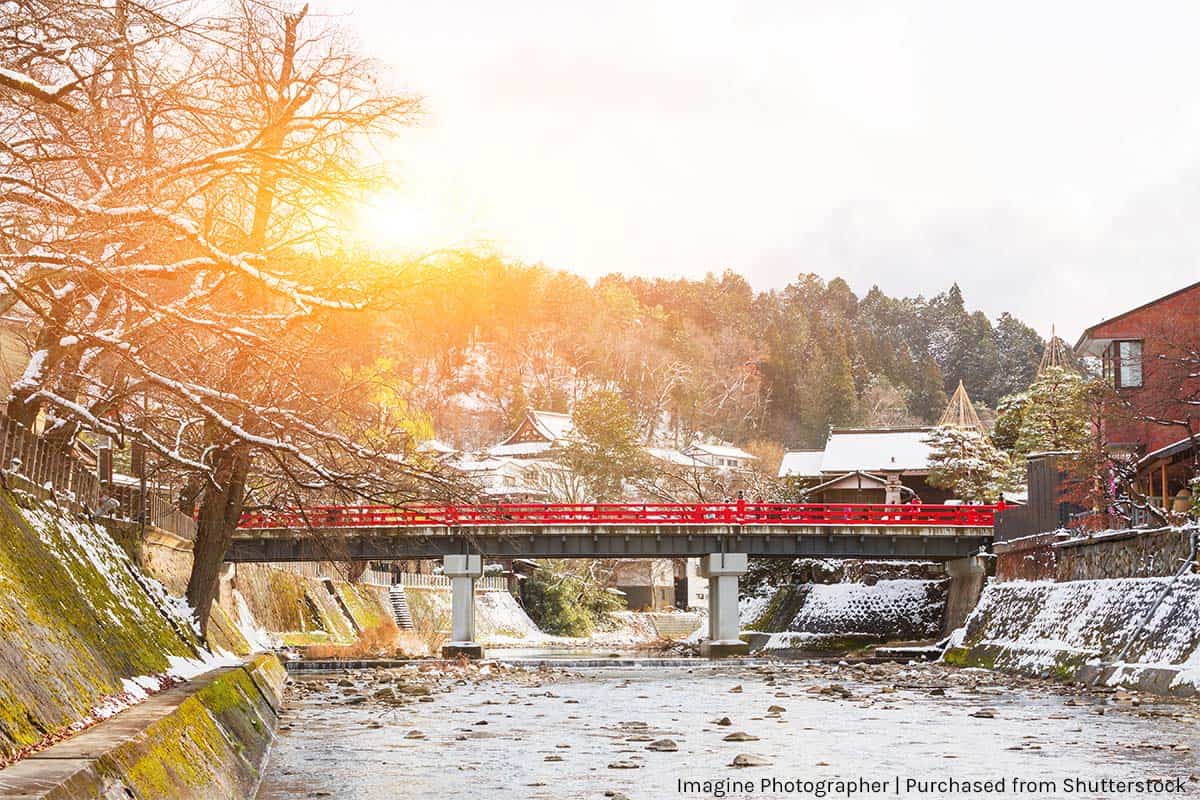
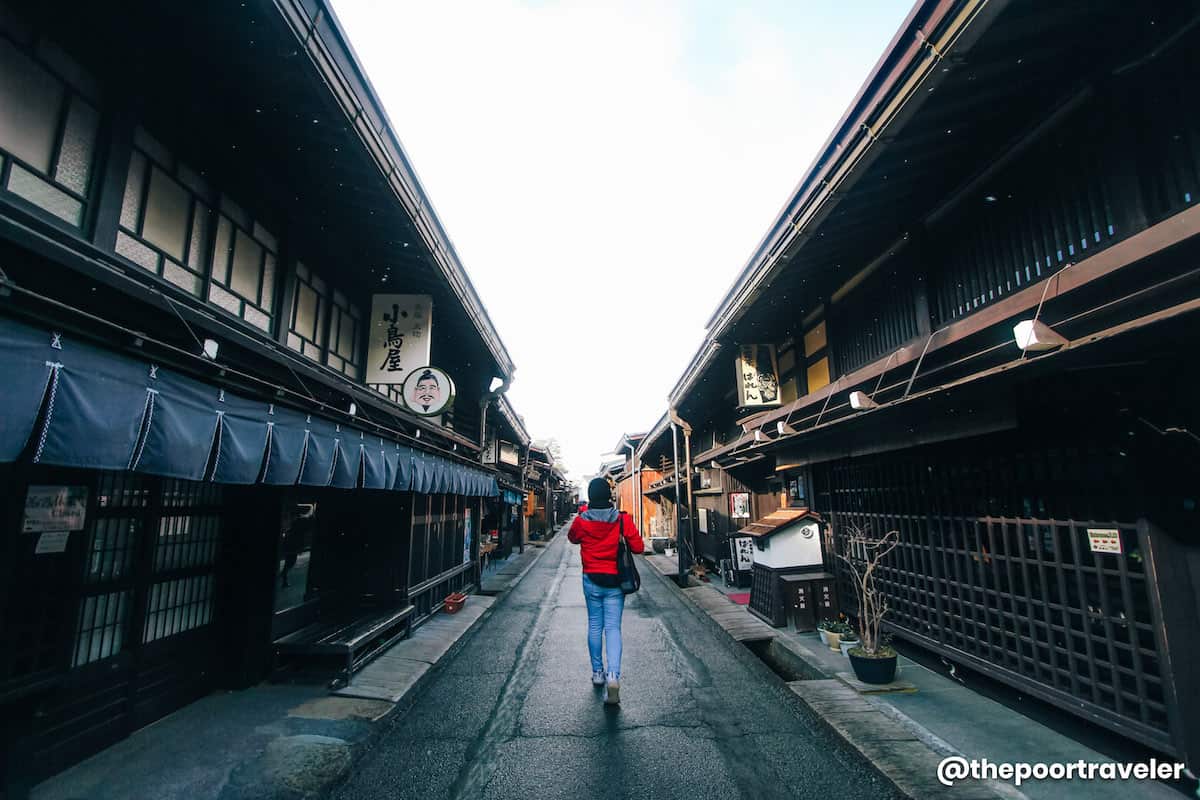
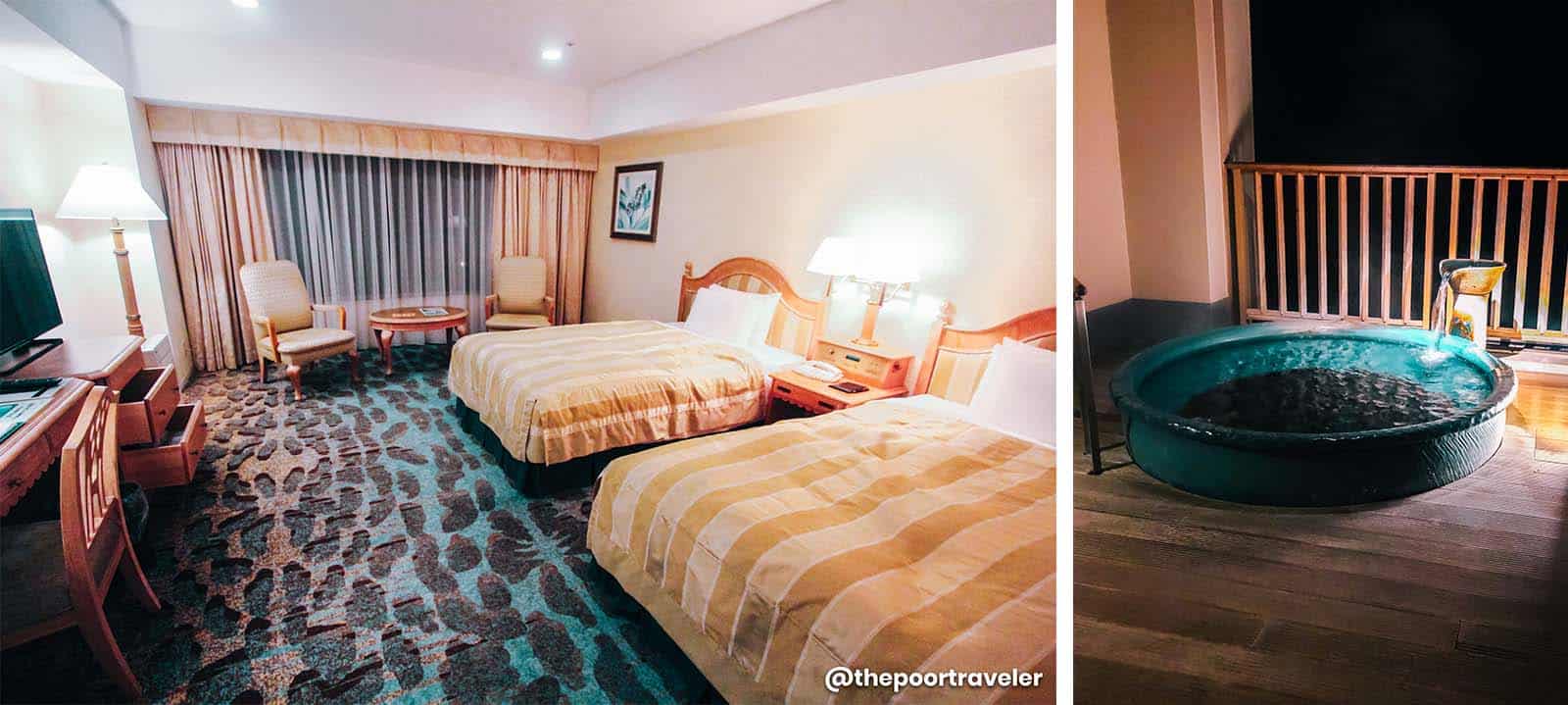
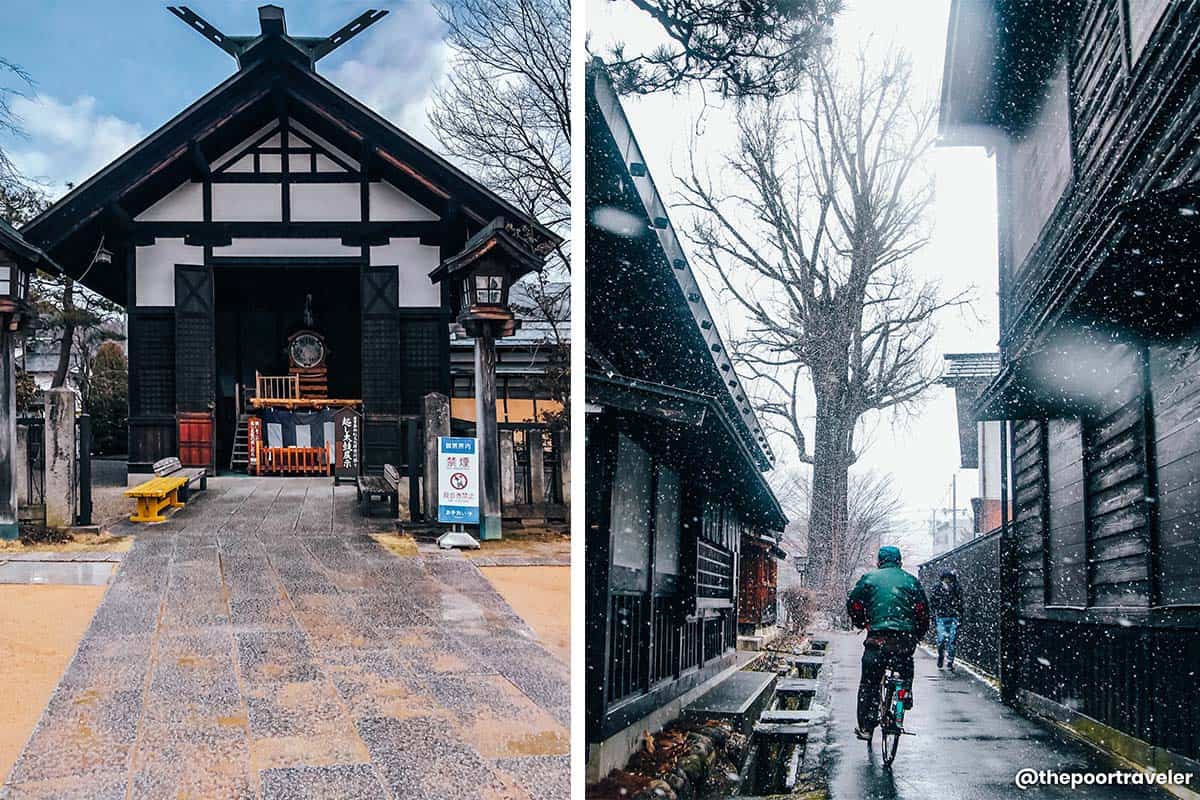
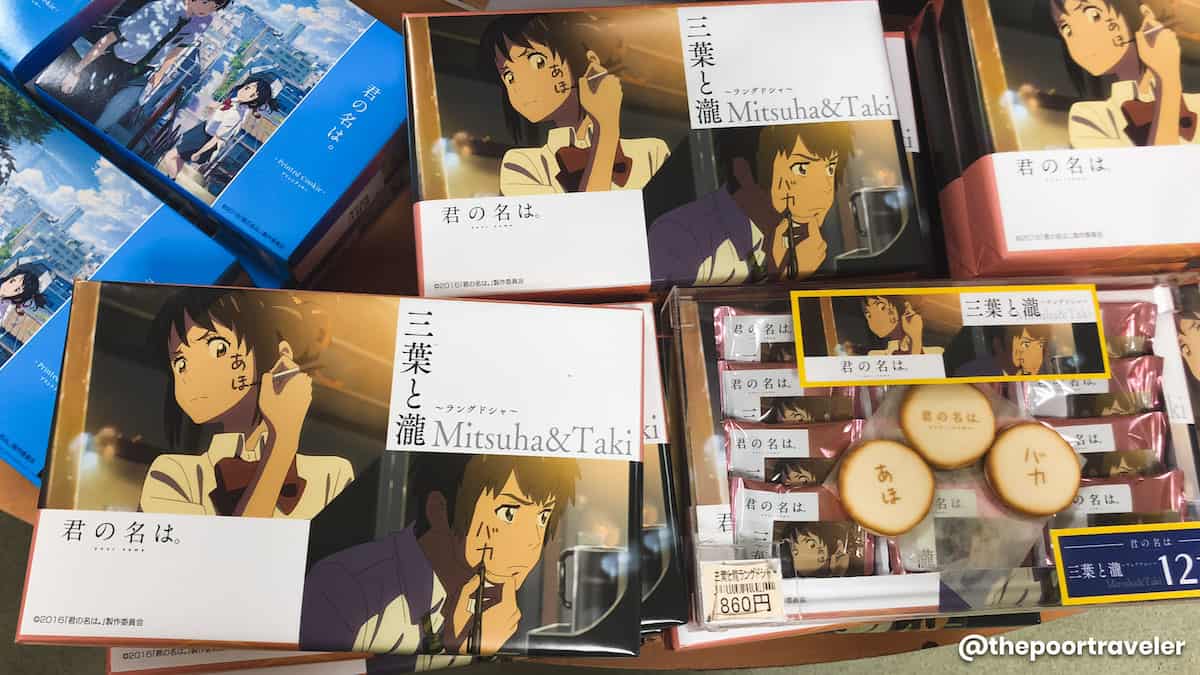
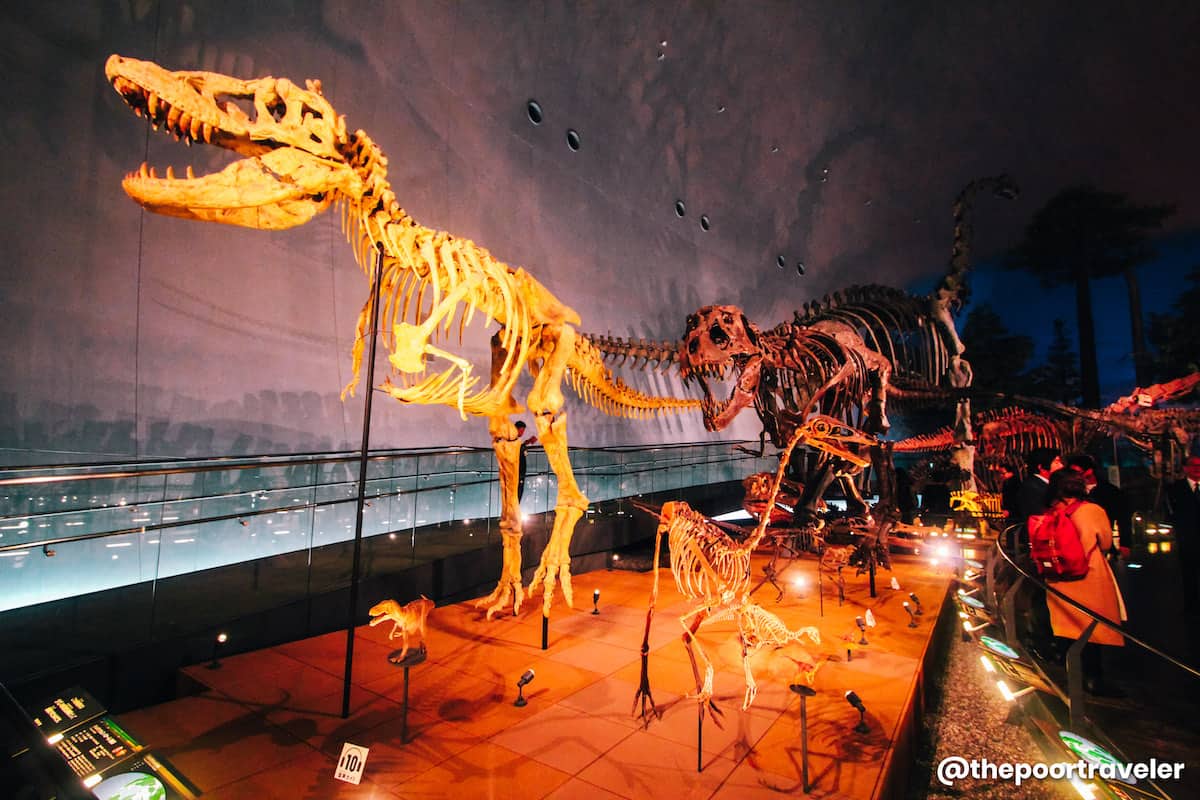
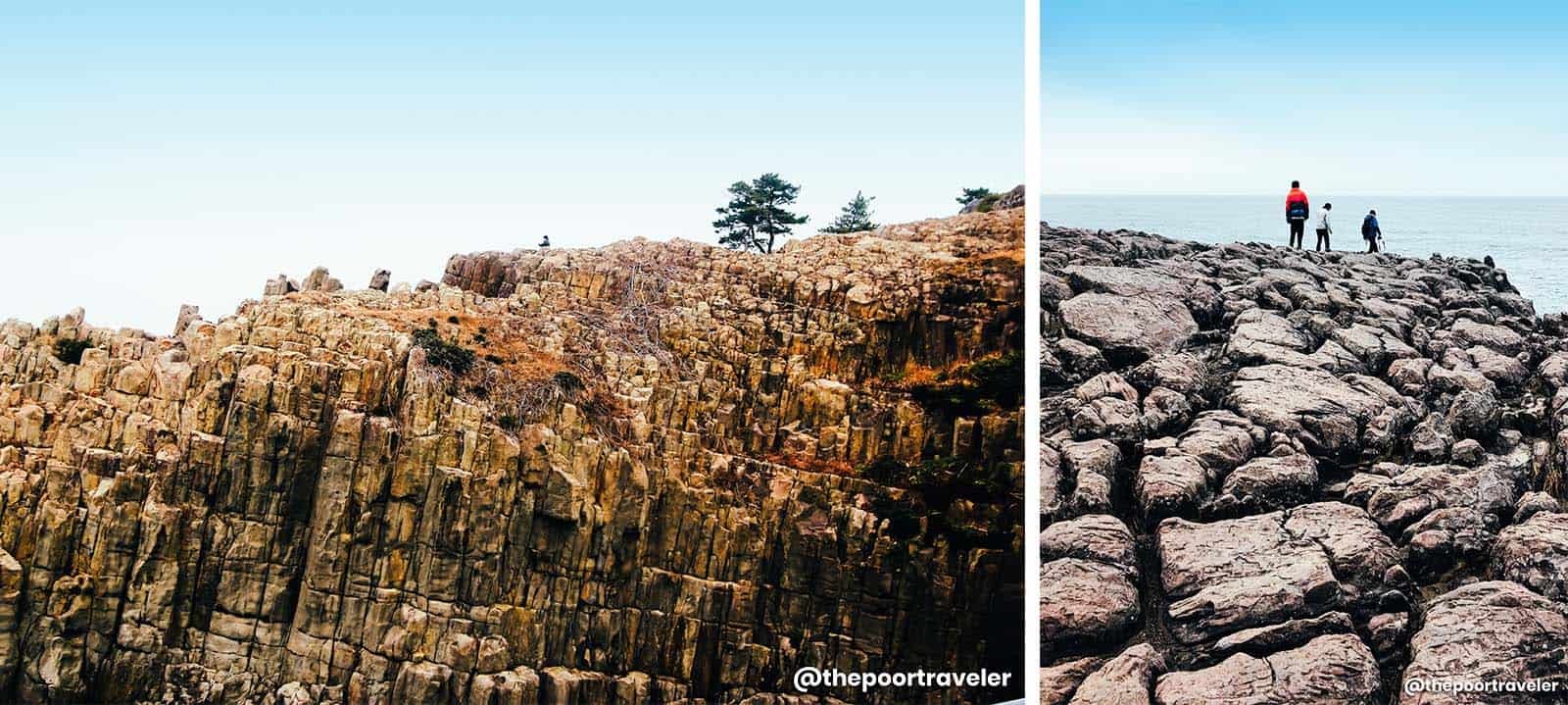
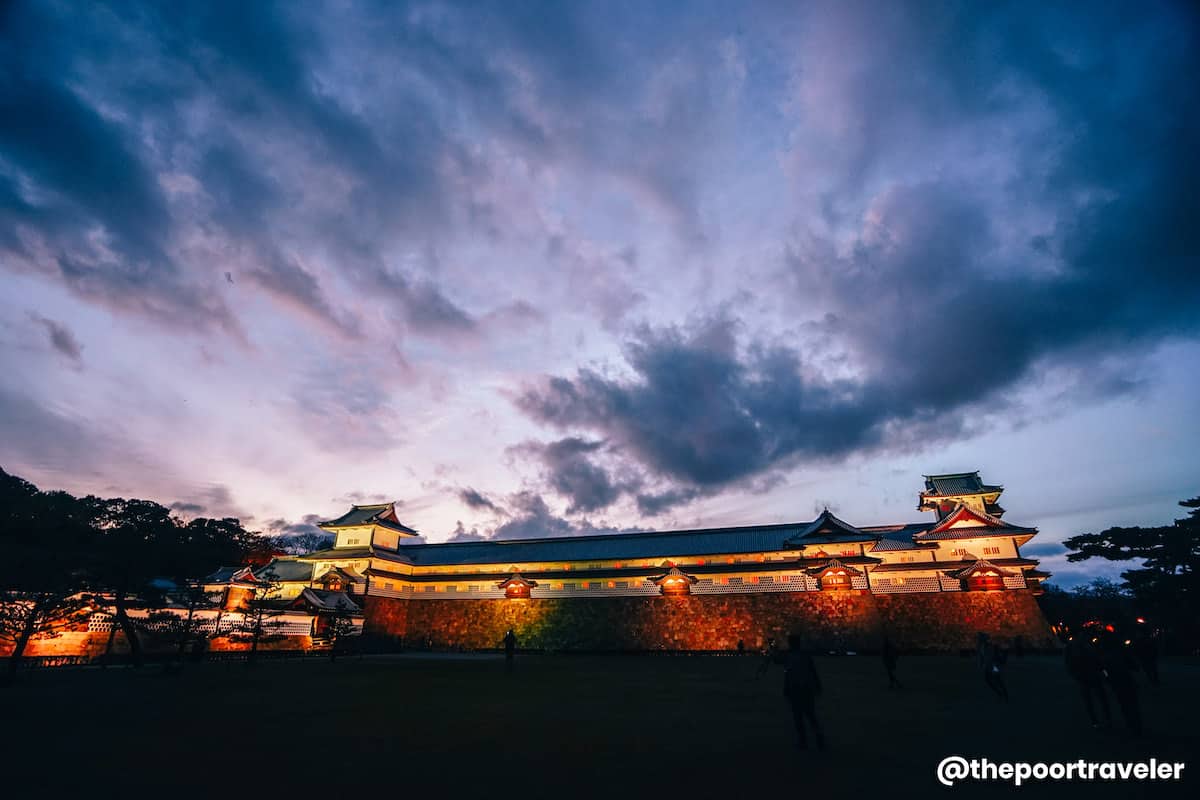
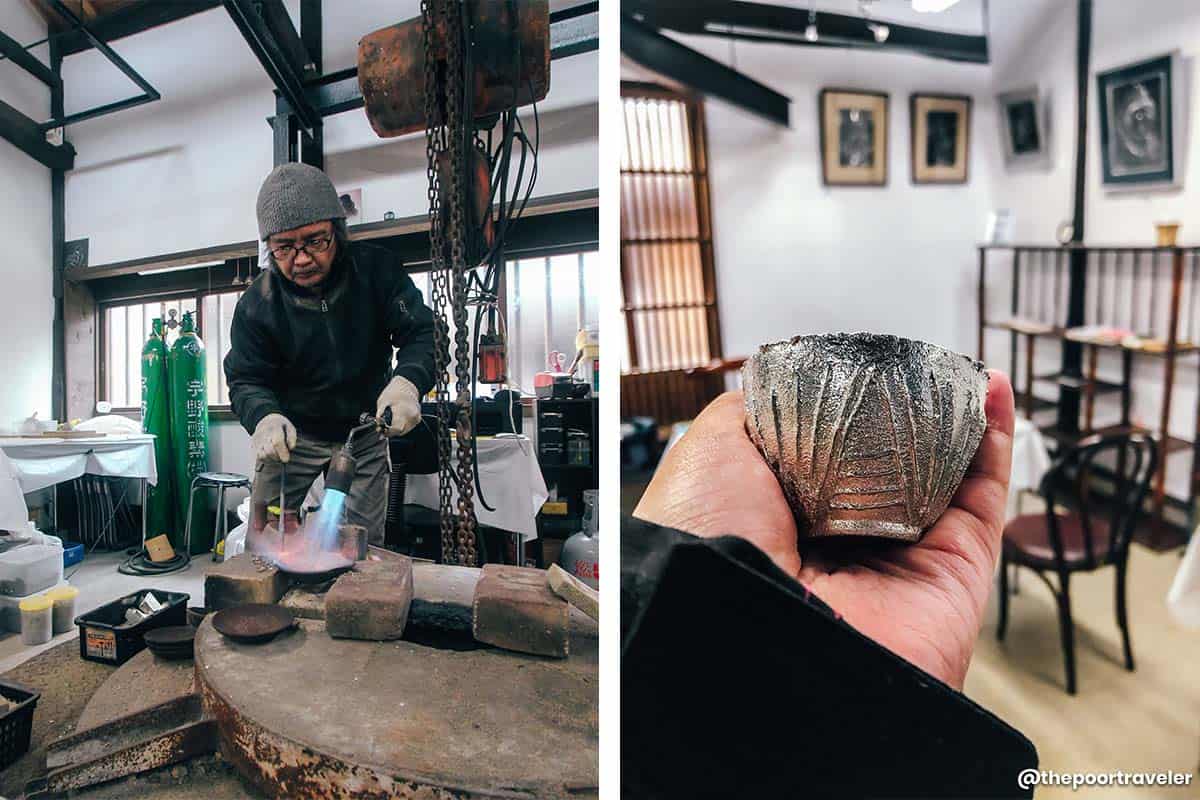
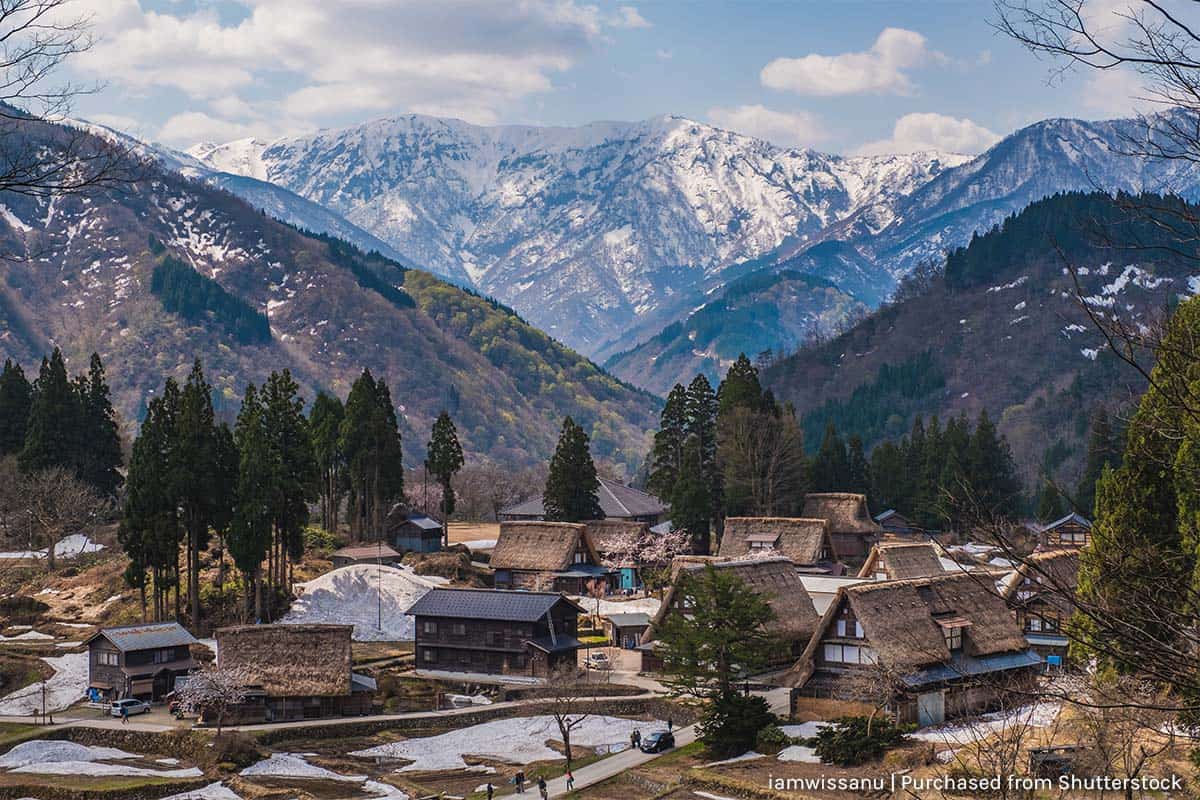
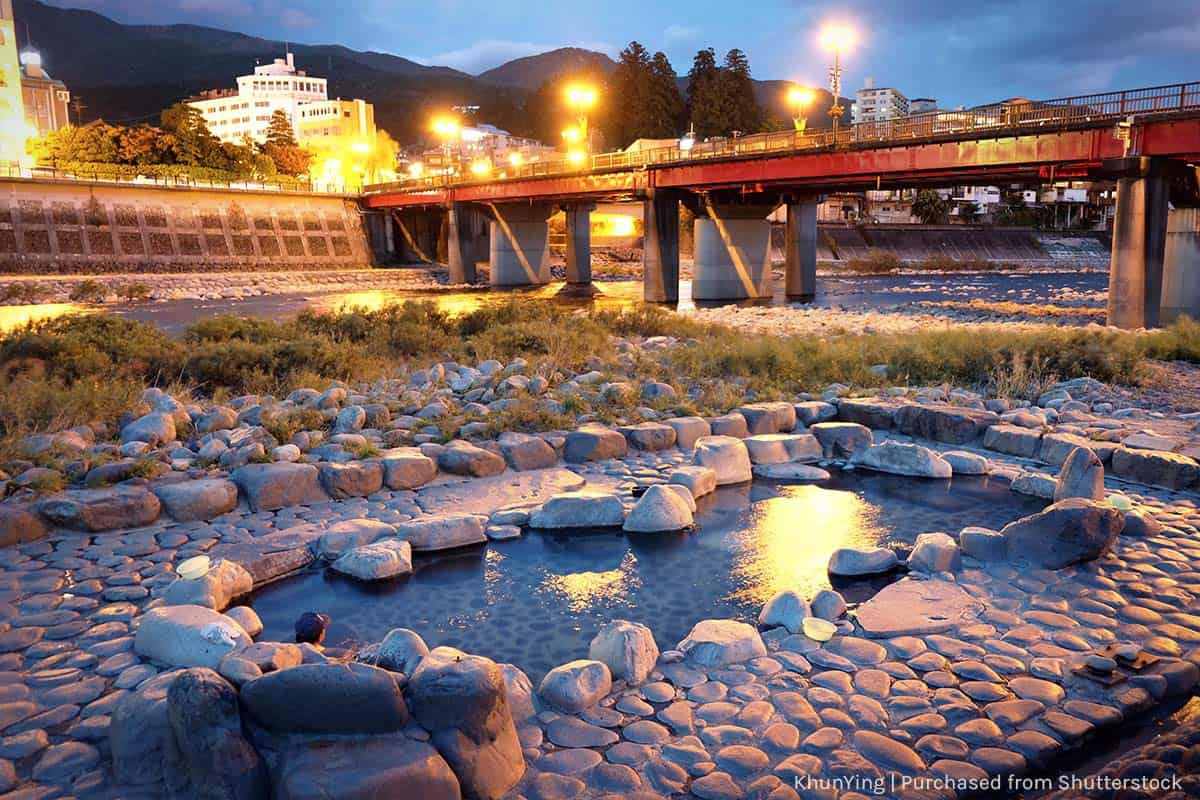
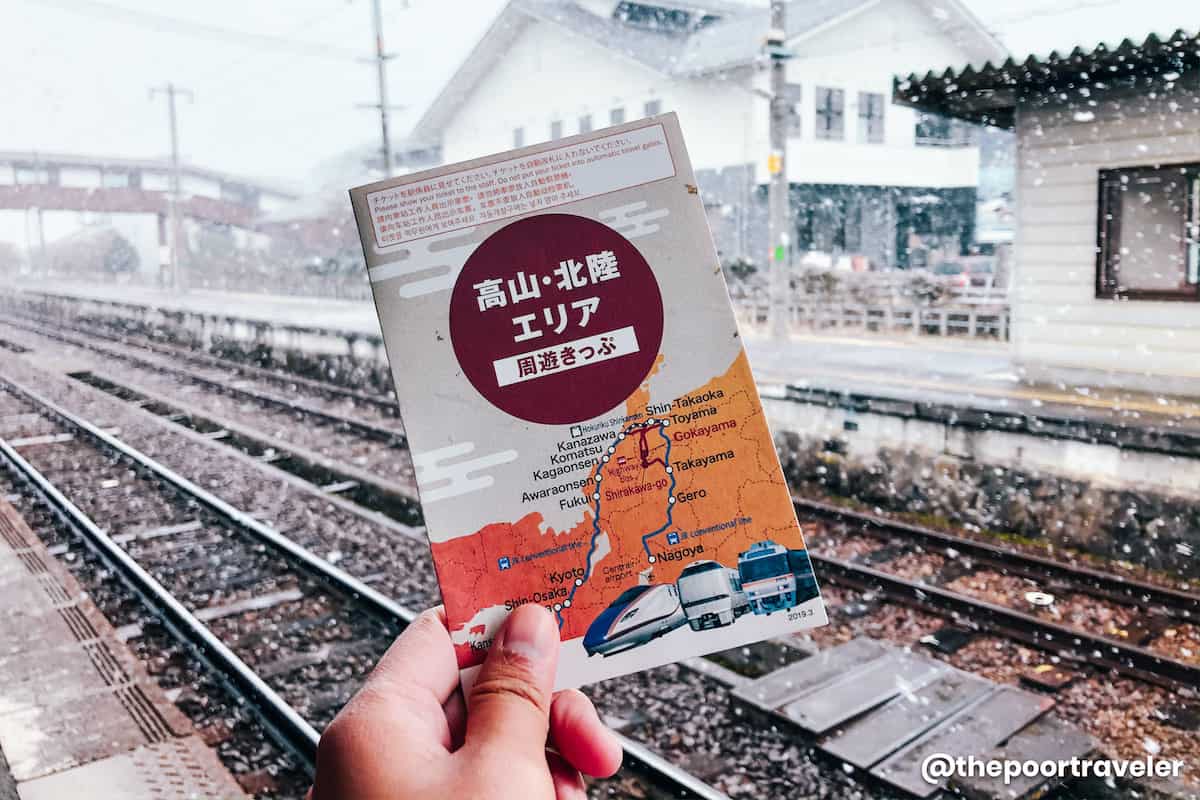





















Thank you very much for the very informative vlog!
Been wanting to visit Kanazawa whenever I take a trip to Japan, but never got the chance to actually go there. Also, I have been binge watching these travel vlogs and videos about Takayama and Gifu which led me to your YT video and also this post.
May I ask how did you plan your hotel accommodation while visiting these destinations? Did you check-in at one hotel (strategic for all locations), or needed to transfer hotels during this trip? Though it seems a hotel from the Takayama Station is accessible to most of these places. I am planning to visit Fukui, Kanazawa, Gifu and Tayakama specifically.
Looking forward to your tips on this as I was inspired to push through visiting the Chubu region in my next trip. Thank you!
very informative article I want to visit Japan because Japan is really a beautiful country and no doubt also a rich culture country which also depicts in your article. After reading your article I don’t miss central Japan I think it’s a lot of attraction there, thanks for sharing your experience.